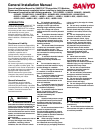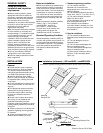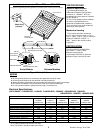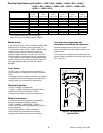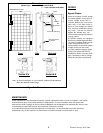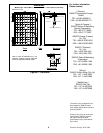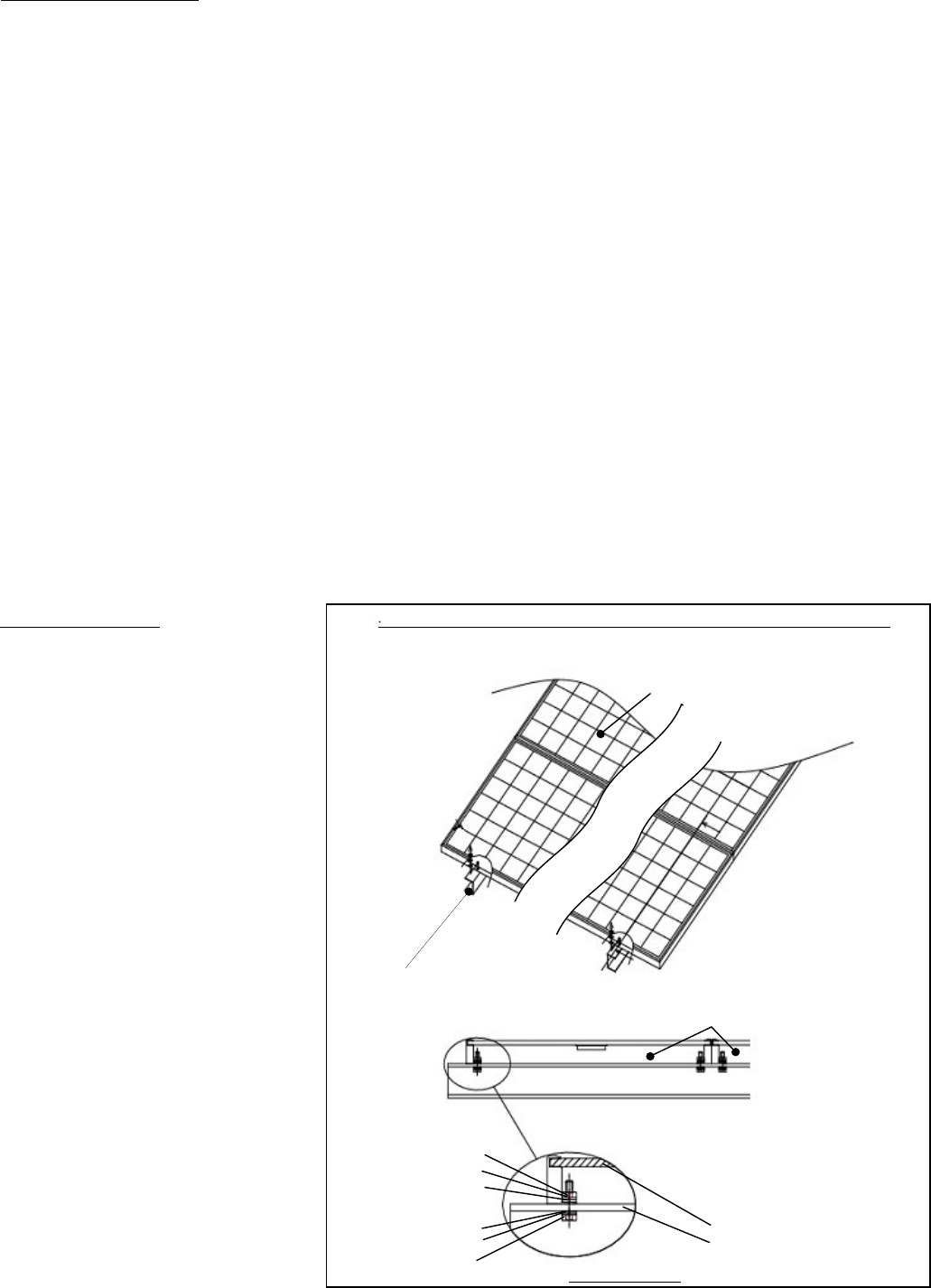
Notes on Installation
Clearance between the module frame
and the mounting surface is required to
allow cooling air to circulate around the
back of the module. This also allows any
condensation or moisture to dissipate.
The module should never be sealed to
the mounting surface with sealant that
prevents air from circulating under the
module.
We recommend installation methods
shown in Fig1-1 (HIP-xxxNHE5,
xxxNHE5-BO2)and Fig1-2
(HIP-xxxBE11, xxxBE11-BO2).
In some areas, local electrical and
building codes may govern the
installation and use of PV modules.
Standard Operating Condition
Standard operating conditions (SOC) of
our solar cell modules are as follows. It is
recommended that the modules should
be operated in the SOC. The installation
place with conditions beyond SOC or
with special conditions should be
avoided.
Do not use modules of different
configurations in the same system.
·
1. Standard operating condition
(1) The modules should be
operated only in terrestrial use
except space use or other use in the
special conditions.
(2) The ambient temperature should be
within from –20(-4
F) to 40 (104
F).
(3) The relative humidity should be
within from 45% to 95%.
(4)The installation place should be less
than 1000m above sea level.
But, installation at the altitude of
more than 1000m is allowed only if the
wind pressure load for a module is less
than 2400N/m
2
.
2. Special conditions
(1) The ambient temperature and
installation place are different from the
SOC
(2) The salt damage is heavy at
installation place.
(3) The hail and snow damages are
heavy at installation place
(4) The sand and dust damages are
heavy at installation place
(5) Other special conditions (with air
pollution, or with chemically active
vapor, etc)
Figure1-1 : Installation
Solar Module
A
Installation (reference) – HIP-xxxNHE5, -xxxNHE5-BO2
For questions regarding mounting profiles for modules, please contact your local dealer.
GENERAL SAFETY
Follow all permission,
installation and inspection
requirements
Before installing module, contact
appropriate authorities to determine
permission, installation and inspection
requirements that should be followed.
This should be done not only for
installations in conjunction with buildings,
but also for marine and motor vehicle
applications for which additional
requirements may apply.
Be sure that the construction intended
to install modules on its rooftop has
enough strength. For modules mounted
on roof, special construction may be
required to help provide proper
installation. Both roof construction and
module installation design have an
effect on the fire resistance of the
building. Improper installation may
contribute to hazards in the event of fire.
Additional devices such as ground fault,
fuses and disconnects may be required.
Follow all safety precautions of other
used components.
INSTALLATION
General
Please read this guide completely
before installing or using the modules.
This section contains electrical and
mechanical specifications before using
your SANYO photovoltaic modules.
Modules should be firmly fixed in
place in a manner suitable to withstand
all expected loads, including wind and
snow loads.
Do not drill additional mounting holes
in the module frames, as it will void the
warranty.
The appropriate material should be
employed for mounting hardware to
prevent the module frame, mounting
structure and hardware itself from
corrosion.
Please install modules at the place
where they are not shaded by the
obstacles like building and trees.
Especially, please pay attention to avoid
partially shading modules by something
in daytime.
Please contact your local dealer with
questions regarding mounting profiles
for modules.
Solar Module
Mounting
Structure Rail
Module
Mounting Structure Rail
M6 Bolt
Spring washer
M6 Nut
Flat washer
Flat washer
A
Spring washer
2
Printed in Europe 20.10.2006
Section A-A
Please check appearance of the
modules before installing or using.



